Southern Laos, a hot sunny afternoon. Despite the dry weather, the streets of Pakse (Champasak Province, Laos) were still crowded with people. Vehicles lined up peacefully. That image reappeared once again when we arrived in the city of Kaysone Phomvihane (Savannakhet Province) - even though it was the time when Lao people were preparing to celebrate the traditional New Year Bunpimay.
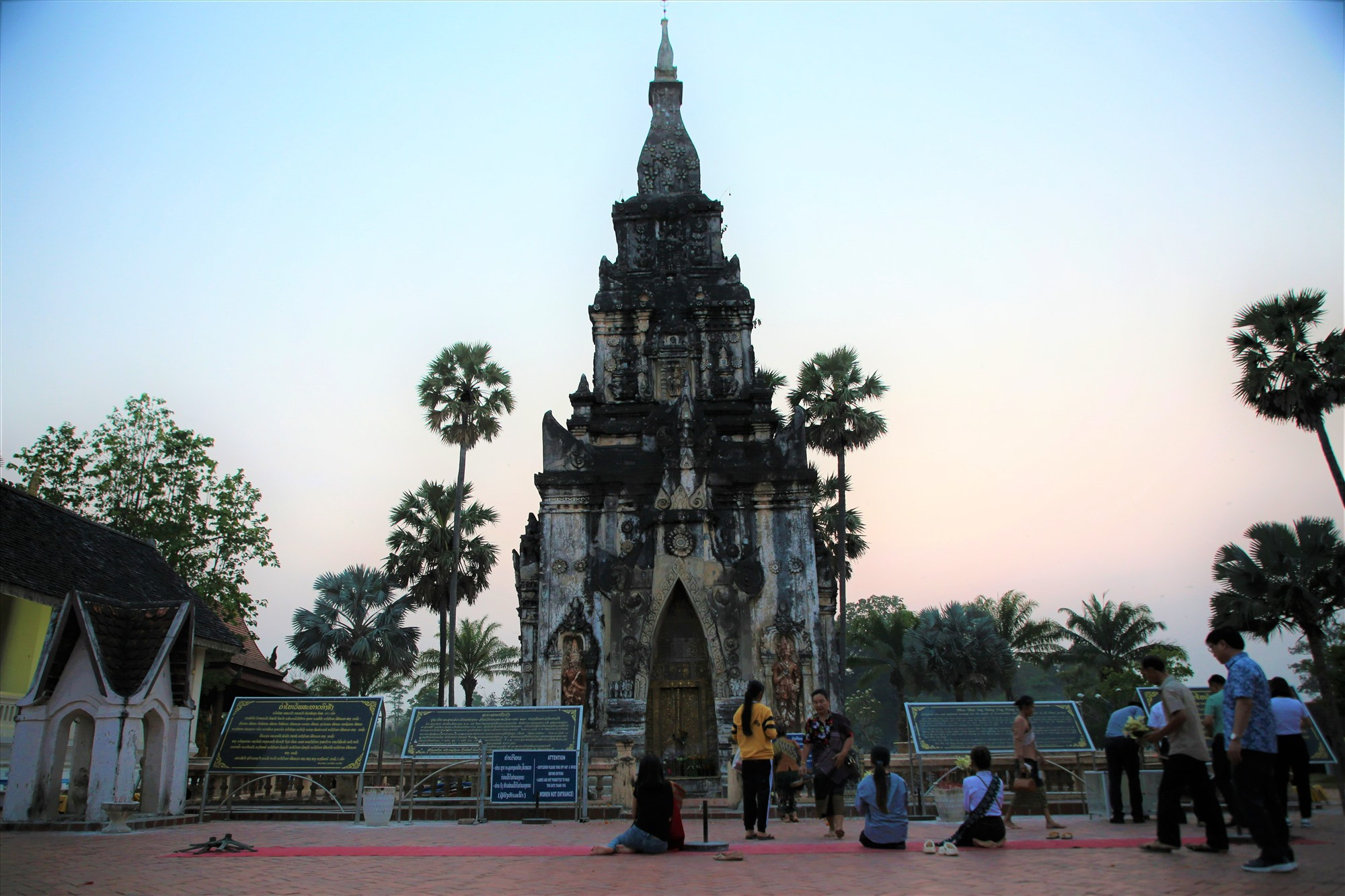
Experience “Lao style”
The car stopped at a red light. It seemed that not a single horn was honked. If the tourist was Vietnamese, he would certainly be very… surprised by this. But, in Laos, everything continued as an impressive arrangement of civilized behavior in public transport. That, to Lao people, is a sign of standards in everyday life.
Mr. Le Huynh Truong, a Quang Nam interpreter who has a connection with Laos, jokingly said that it is the style of… Lao people. Buddhist culture is deeply ingrained in the blood and flesh, helping Lao people live a peaceful and simple life like plants, less affected and swept away by the hustle and bustle of life.
“In Laos, the pace of life is as slow as their personality. Everything happens naturally, it cannot be otherwise. This is very suitable for tourists who come to relax, experience the free and liberal pace of life in the land known as the paradise of happiness” - Mr. Truong shared.
Having frequent business trips to Laos, Mr. Truong is fluent in the Lao dialect like a native. Every alley on Pakse, Kaysone Phomvihane; or every historical story of the Southern Laos region and famous historical sites such as Wat Phou Temple (Champasak), That Ing Hang Pagoda (Savannakhet)... are told by Mr. Truong with great detail and charm.
In Laos, it is easy to find temples and pagodas. Mr. Truong said that Champasak alone has about 20 temples and pagodas worshiping gods; among them, many of the most famous pagodas are Wat Phou, Wat Luang, Wat Tham Fai... with ancient and mysterious beauty. On important occasions, Lao people often go to pagodas to pray for blessings and peace for their relatives and family.
The day we were in Pak Se, we had a survey trip to the East-West Economic Corridor and visited the Vang Tao - Chong Mek international border gate located in the west of Champasak province bordering Ubon Ratchathani province (Thailand).
The border gate is quite busy, the hospitable Lao friends always say “Sa-bai-di” (hello) whenever they meet someone in front of them. This is the fourth time I set foot in Laos, I don’t know why I always feel familiar, as if I leave to return. I spend a little time walking slowly on the streets, feeling the peaceful life amidst the ancient beauty of pagodas and temples. A sacred Buddhist cultural land, bringing visitors an interesting, safe and charming experience.
Peace in the Land of a Million Elephants
On our last day in Laos, we visited That Ing Hang Pagoda in Savannakhet Province, Central Laos. This ancient pagoda was built in the mid-16th century and was restored by the French in 1930, so many architectural details are no longer original.
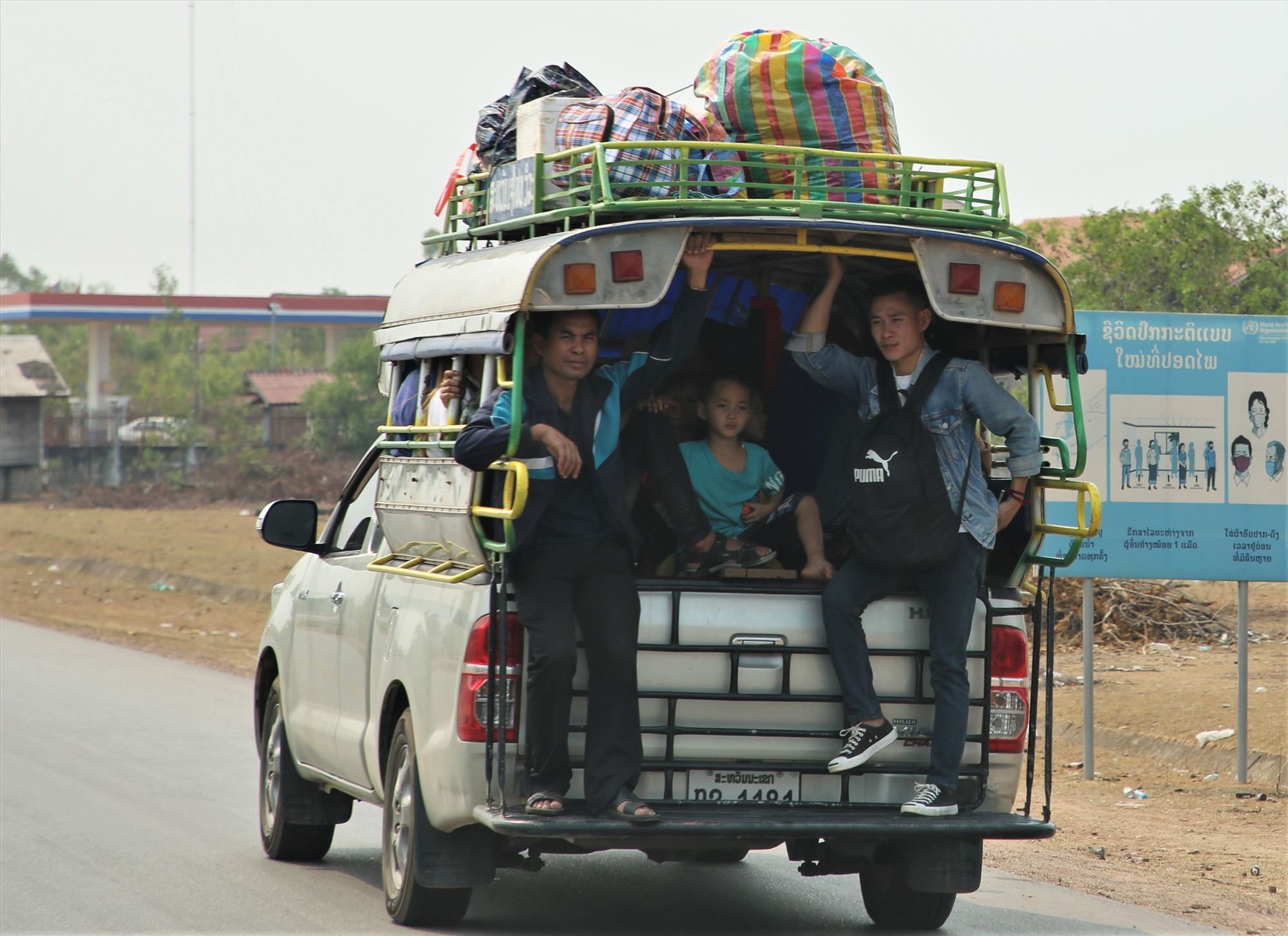
A Lao friend told me, “Ing Hang” in Lao means leaning against a Hang tree. In the past, at the location of the Stupa (Xá Lợi tower) - in the middle of the temple grounds today - there was an ancient Hang tree.
There, an old monk mysteriously appeared, leaning against the Hang tree every day to meditate. Later, at the place where the monk passed away, people built a stupa to preserve his relics. Therefore, in the minds of Lao people, they consider That Ing Hang pagoda a sacred land, as the second most famous pilgrimage site, after Wat Phou pagoda in Champasak.
In the vast space, That Ing Hang Pagoda is like a great masterpiece of humanity. The ancient and mysterious beauty is clearly seen in the late afternoon moments of the days before the traditional Bunpimay New Year. Lao women holding offerings made from green banana leaves, with white flower hats on top, go before the Xa Loi stupa to pray for blessings and wash away worldly dust.
In Lao culture, during Bunpimay, people use branches of “khun shoots” - a flower known as Lao mai, symbolizing purity and often placed in aluminum pots to “splash water”. Guests who are “splashed with water” are believed to have good luck and more and more blessings.
On Highway 9 from Savannakhet to Lao Bao border gate ( Quang Tri ), we occasionally encountered Lao people going to celebrate Tet. They used lam cars, trucks and even three-wheeled vehicles to transport people… “going out for spring”.
The loud music, the dancing and the “water splashing” made the day even more exciting. In Se Pon district, a “special water splashing” festival took place right on the riverbed. Colorful umbrellas “camped”, said Mr. Le Huynh Truong, that is how Lao people cool off when the weather here is in the dry season.
Along the way back home, the roofs of stilt houses are decorated with flowers. On Tet holiday, the scenery of the Lao countryside is so peaceful…
Source




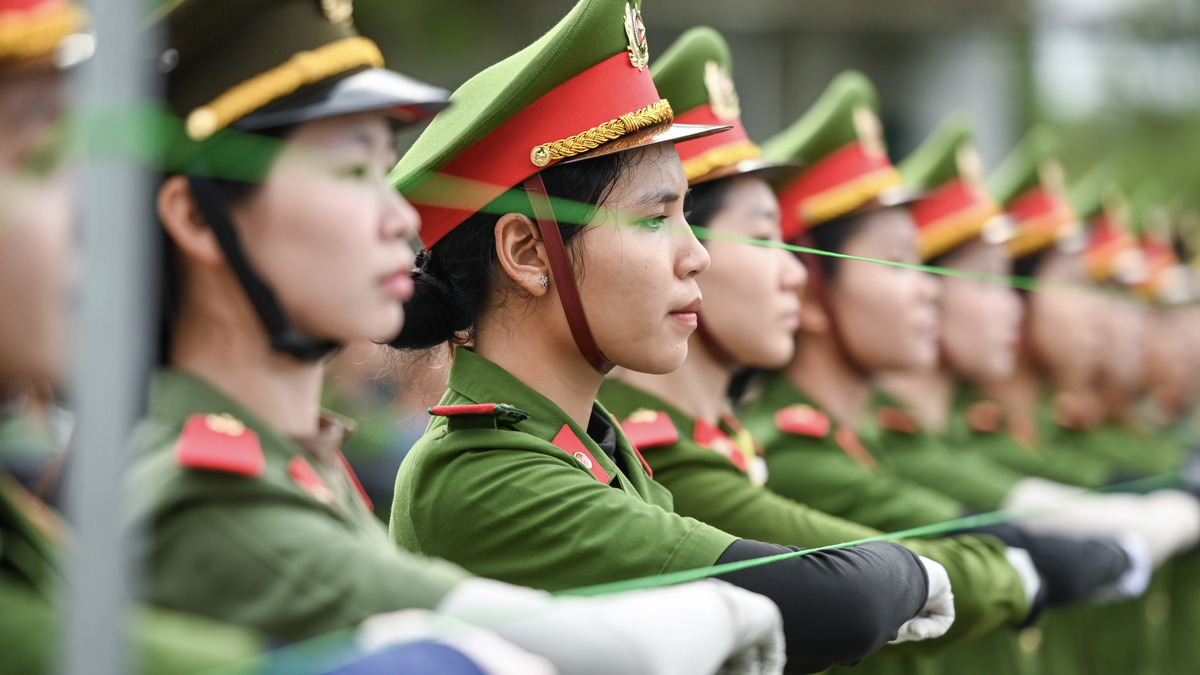

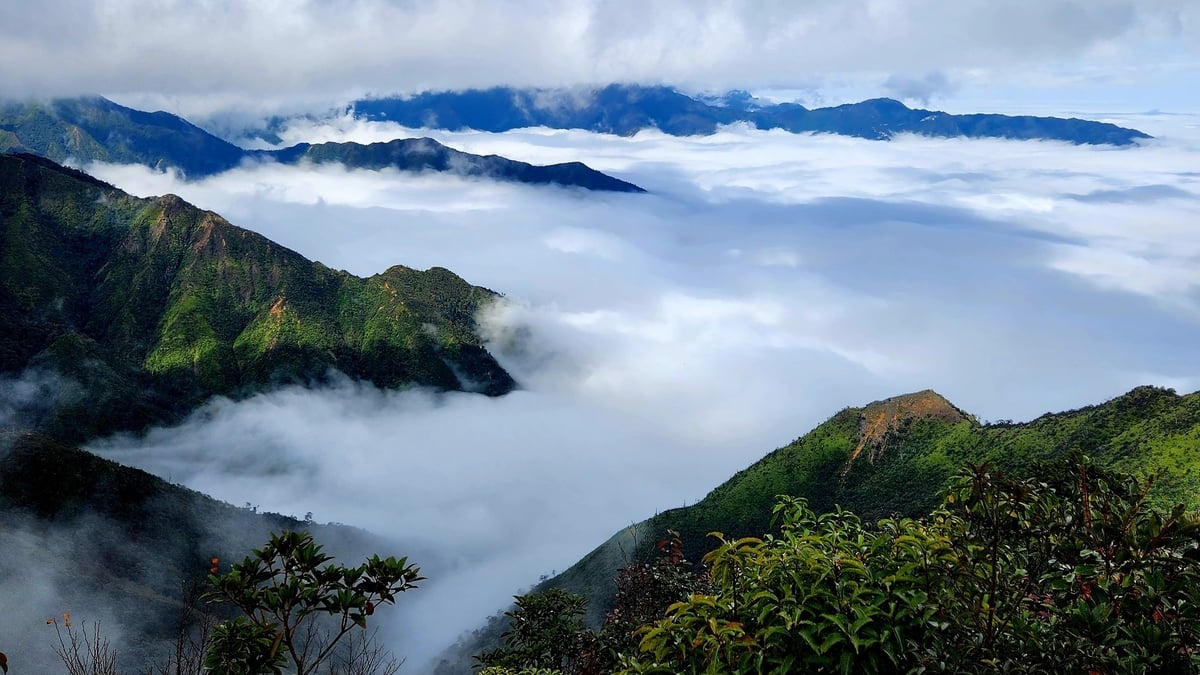

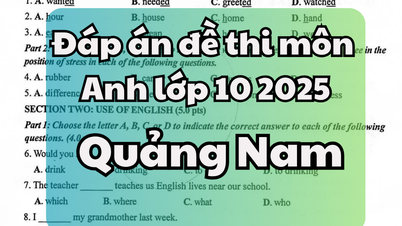
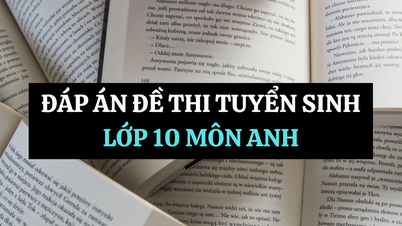






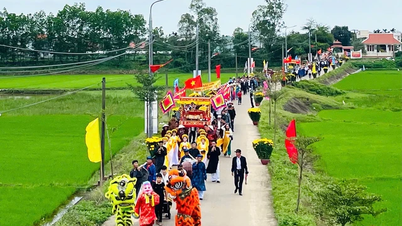
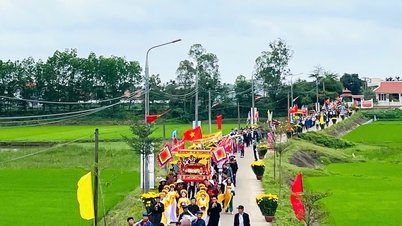

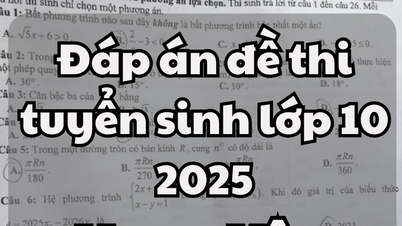
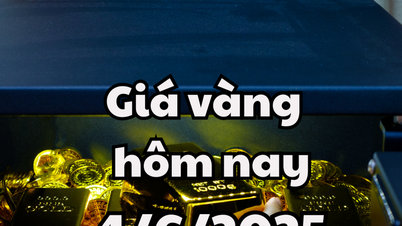
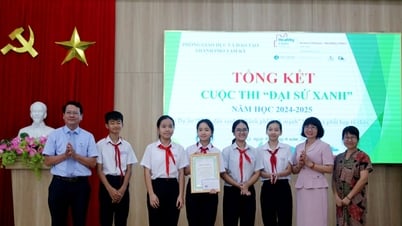

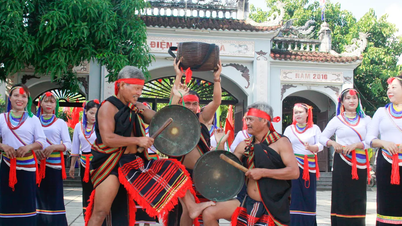

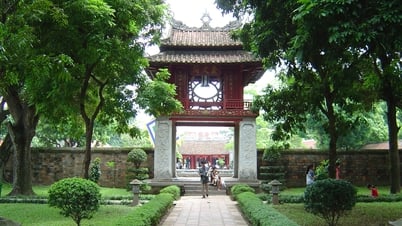

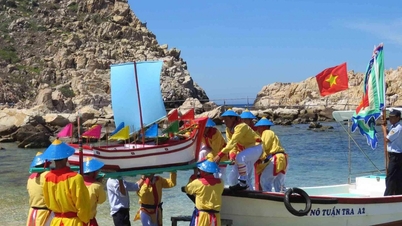



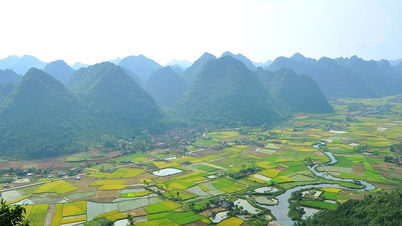













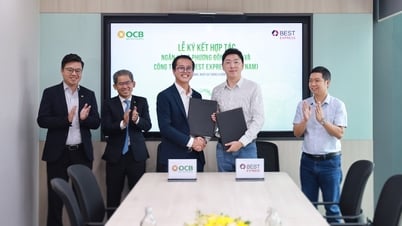

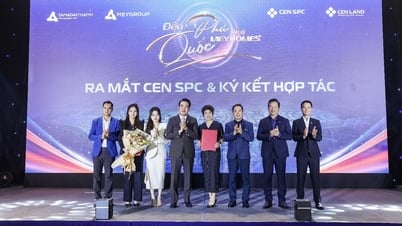
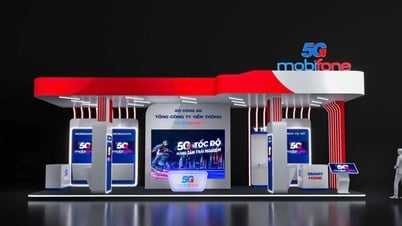


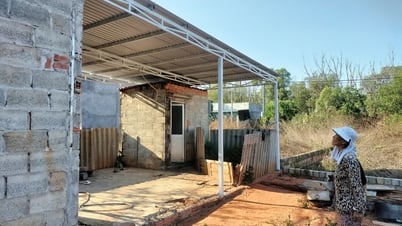
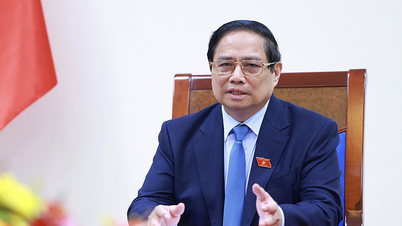

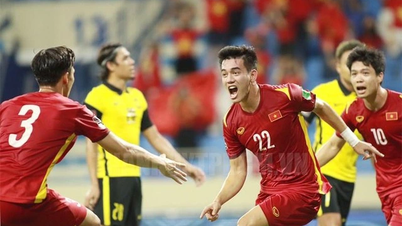
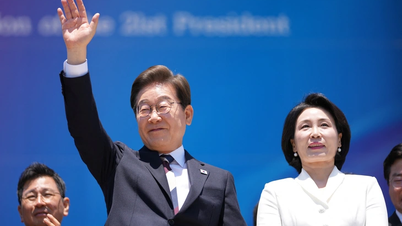

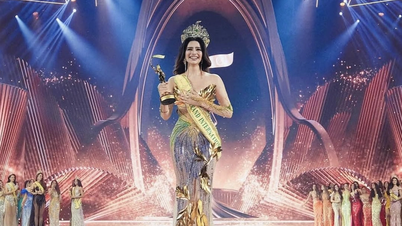



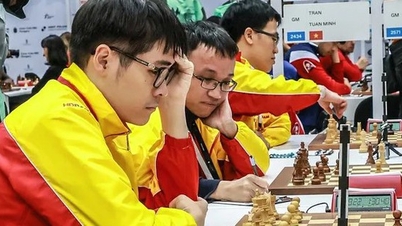

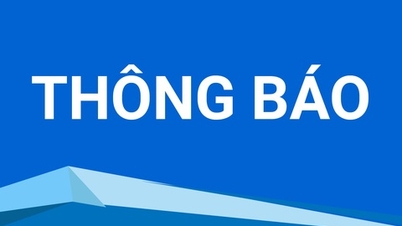


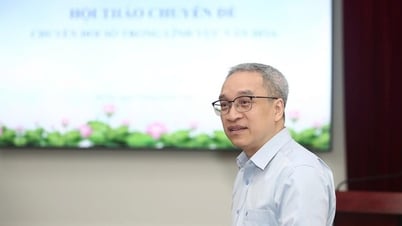
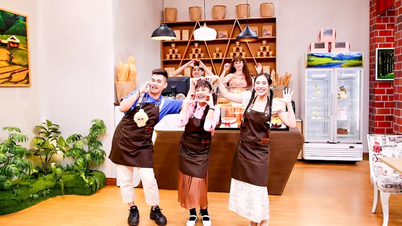



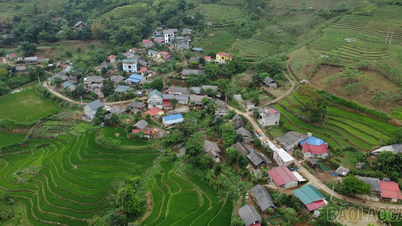

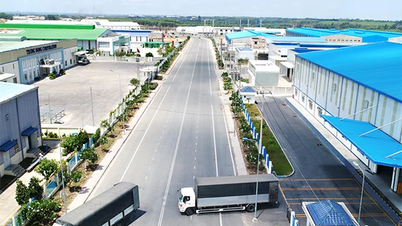

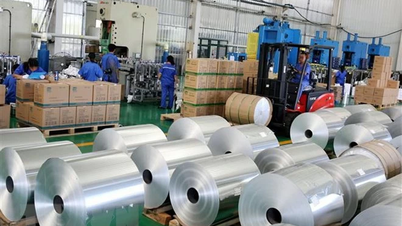
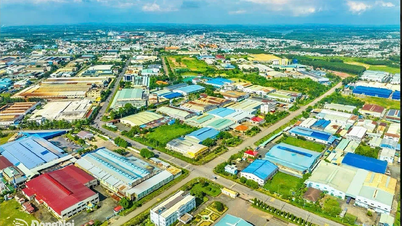






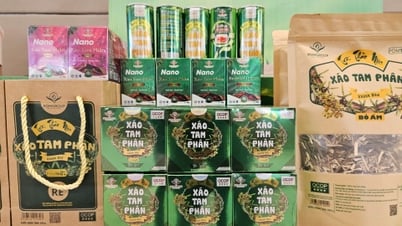

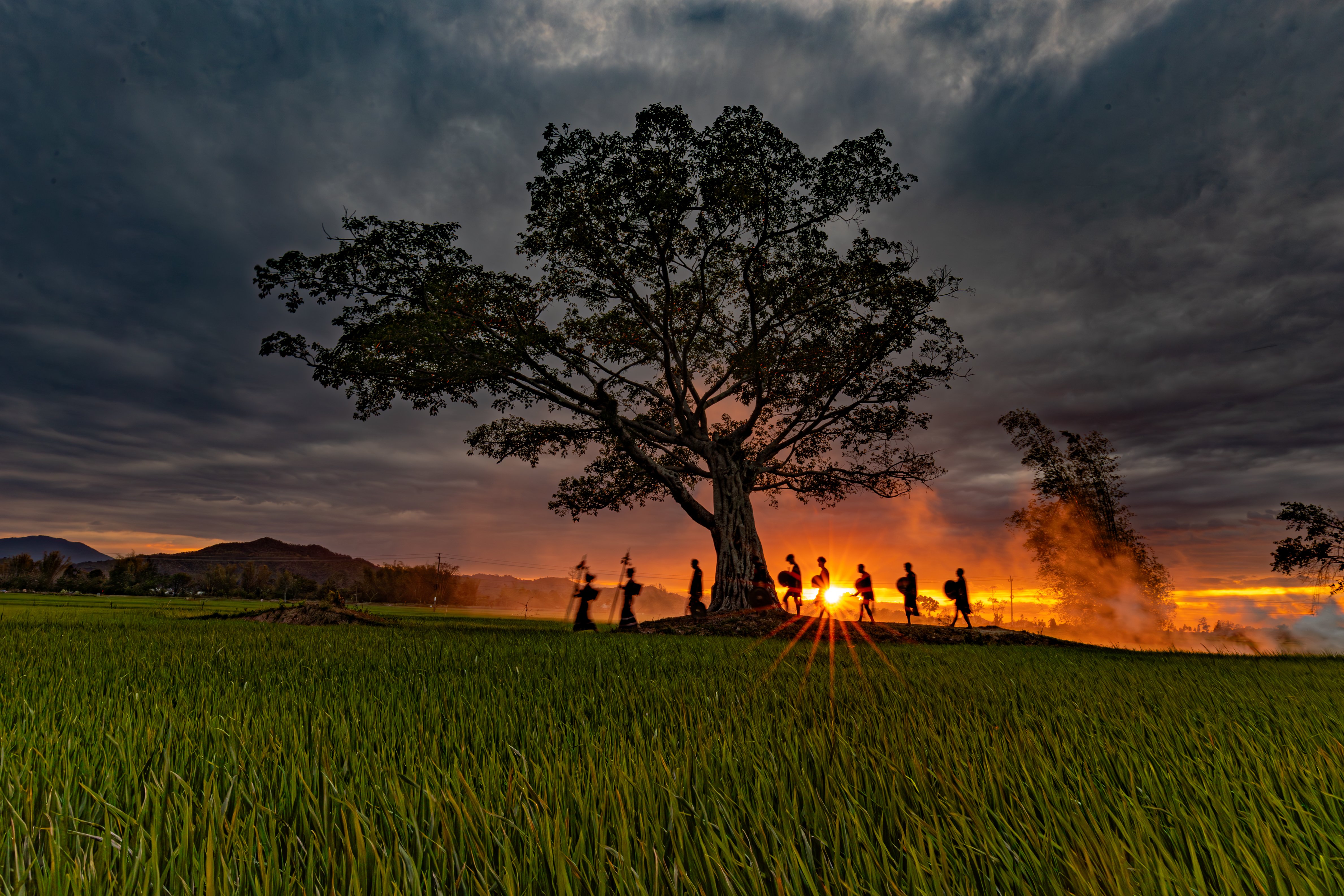
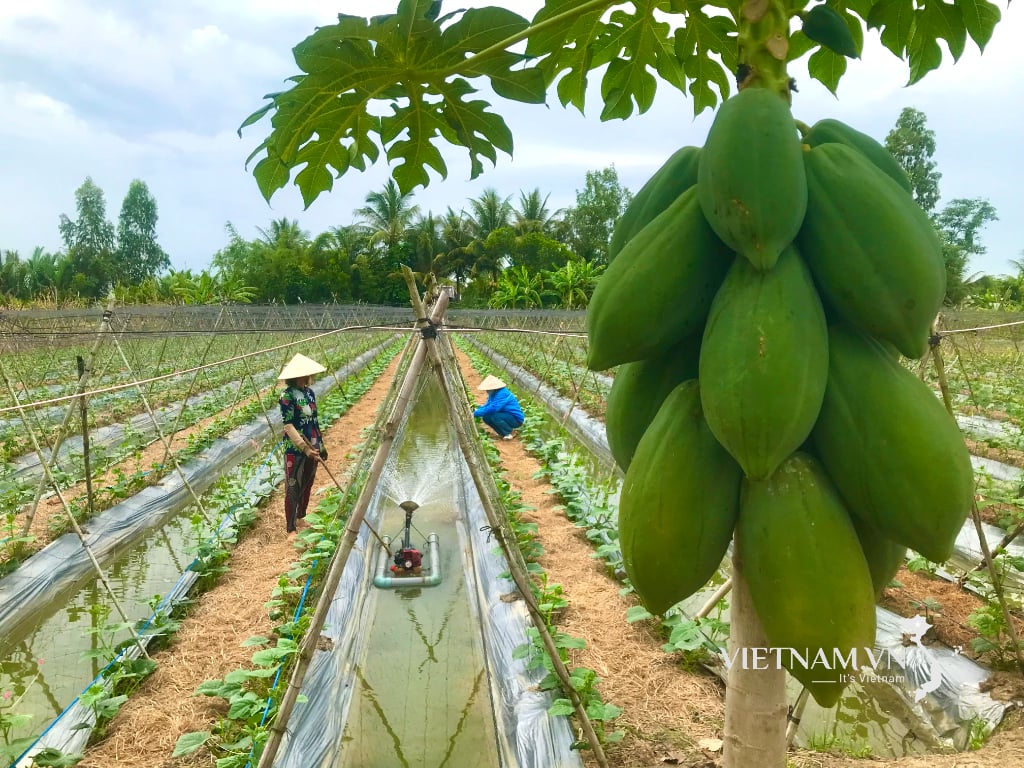

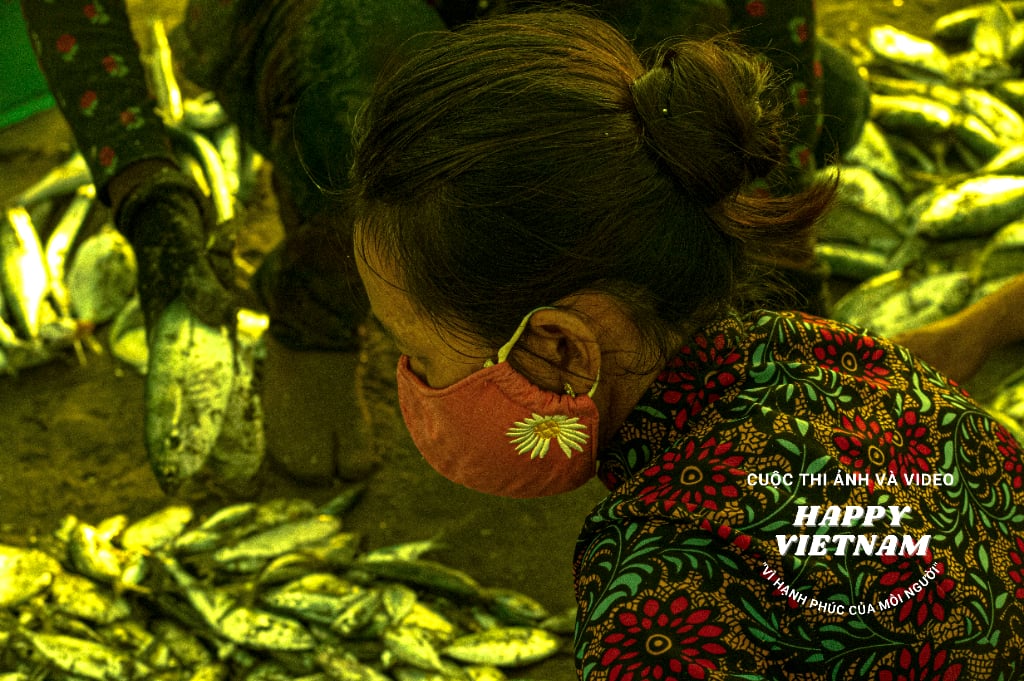
Comment (0)